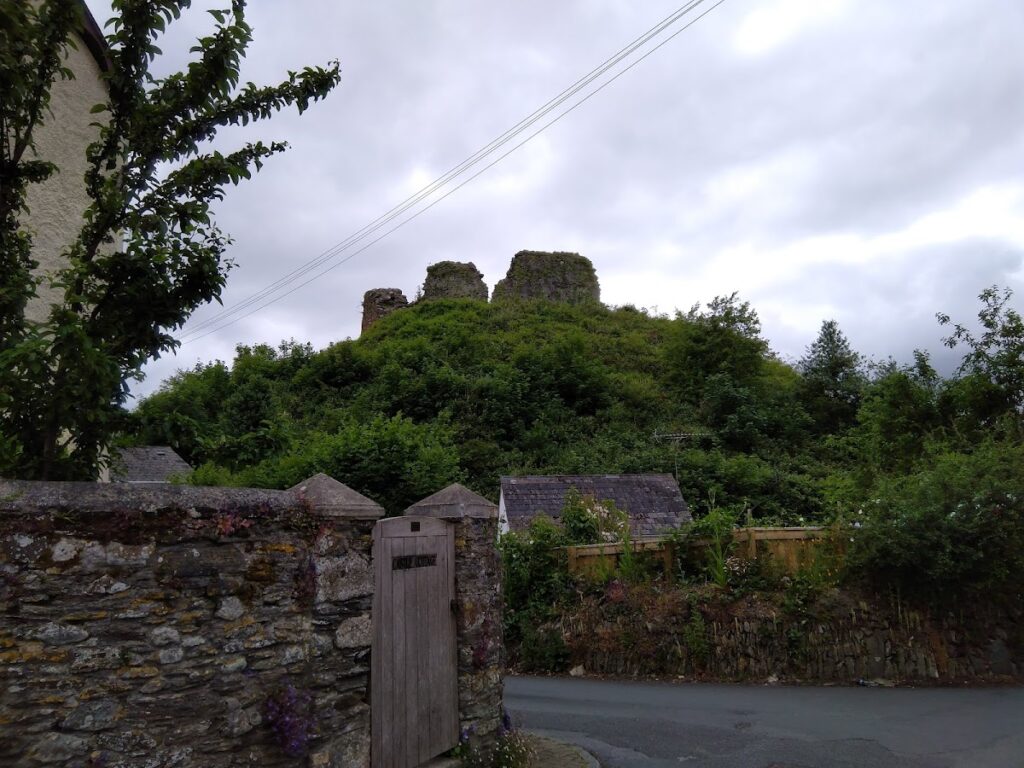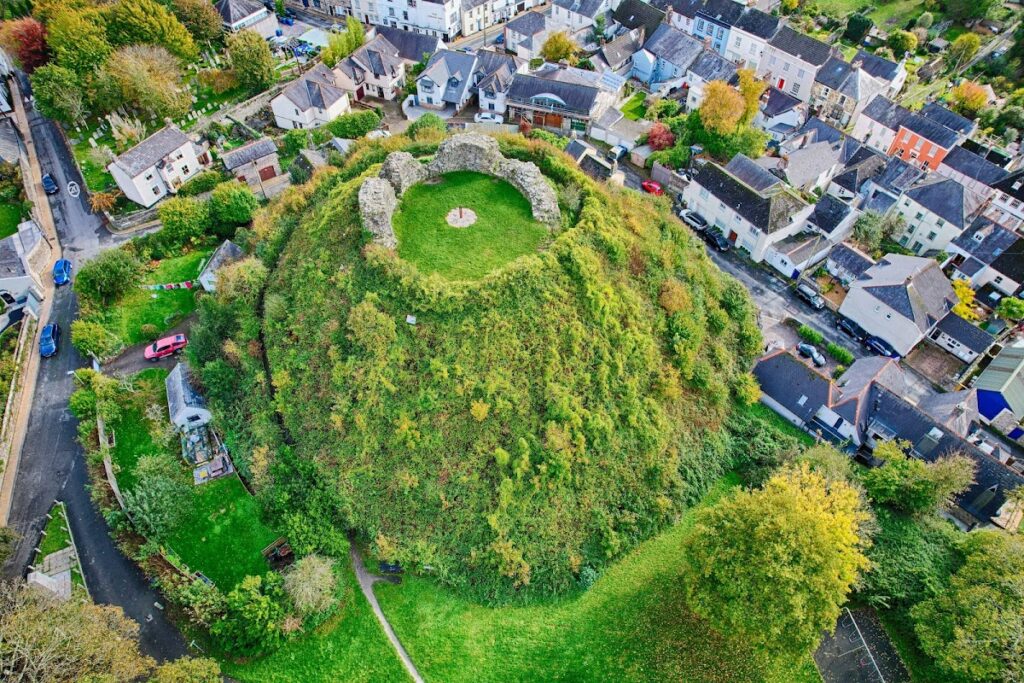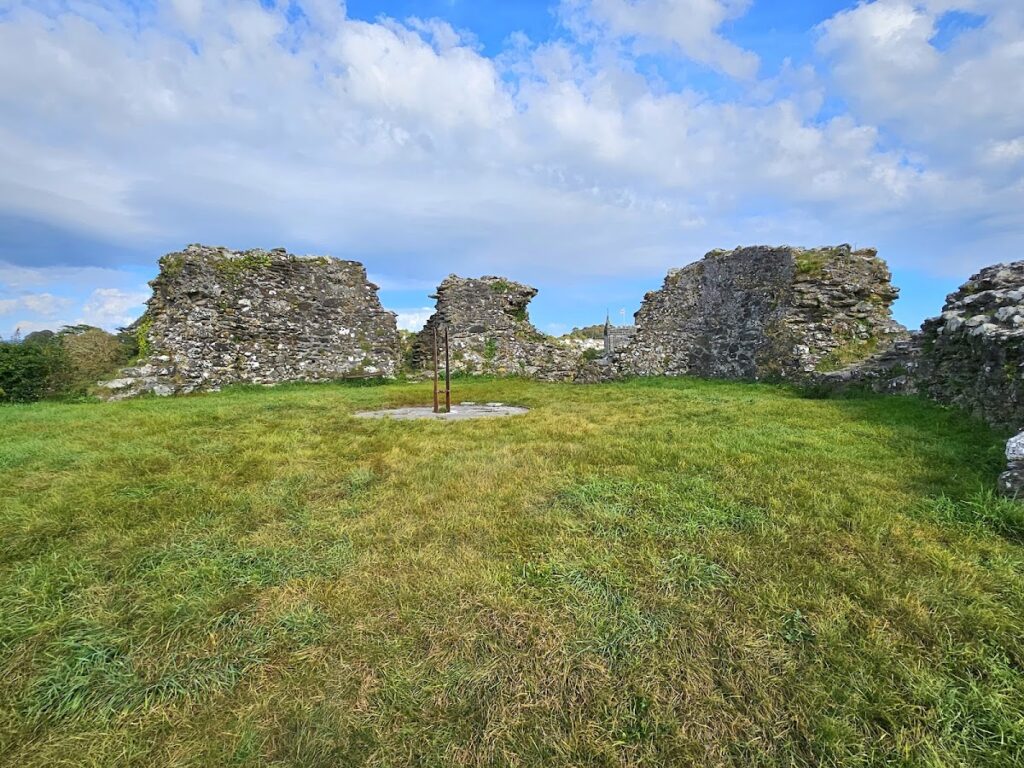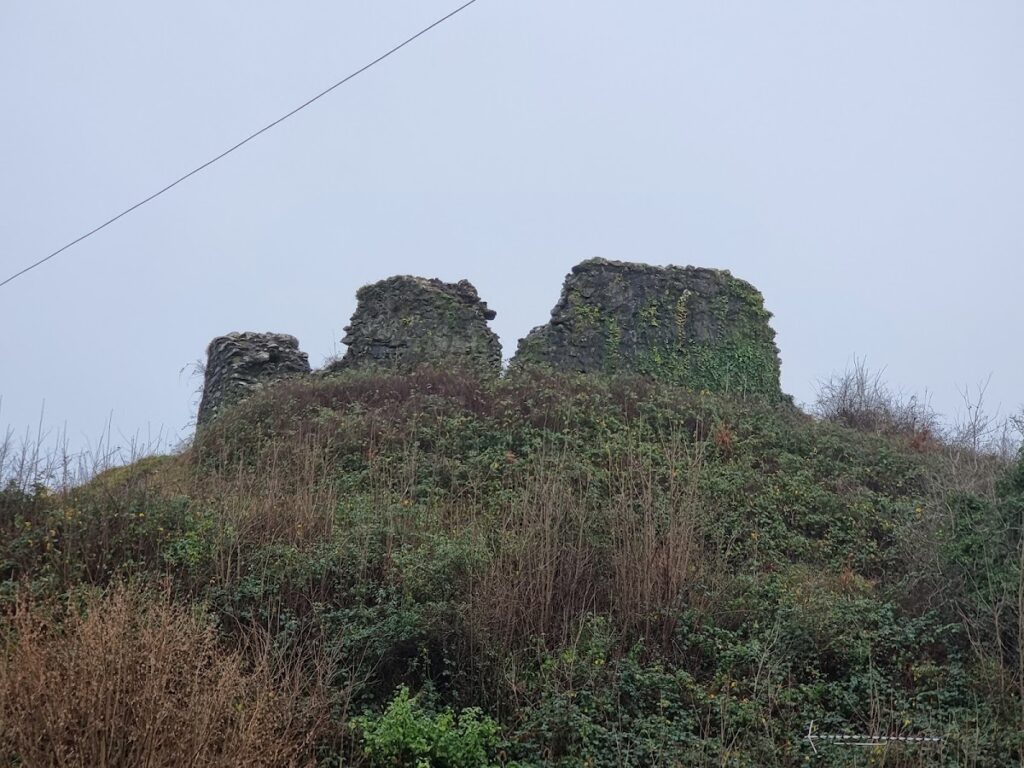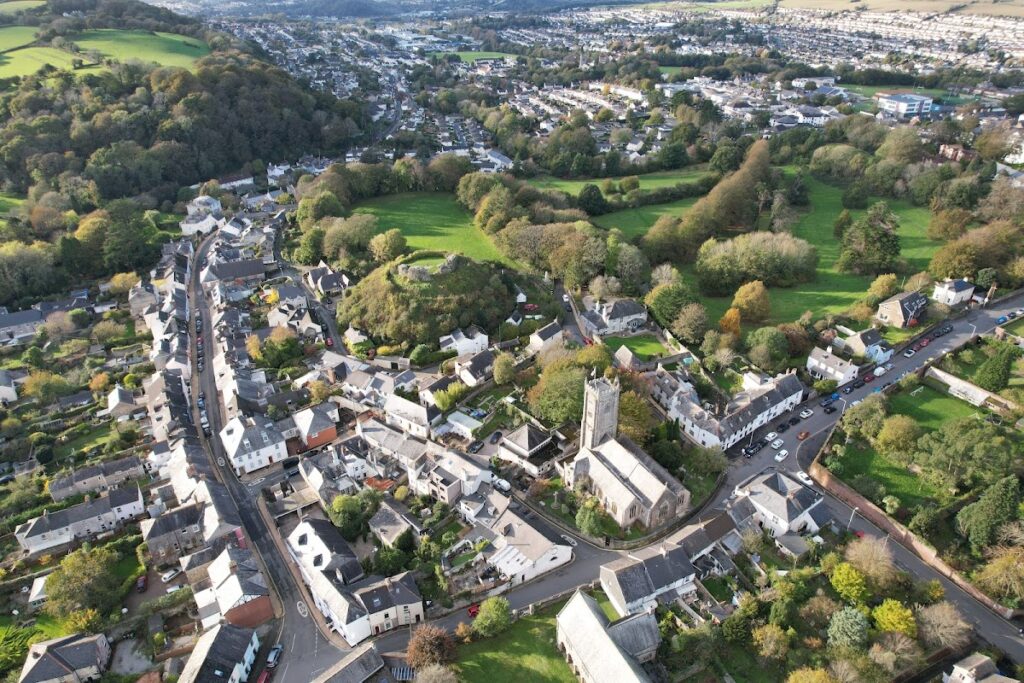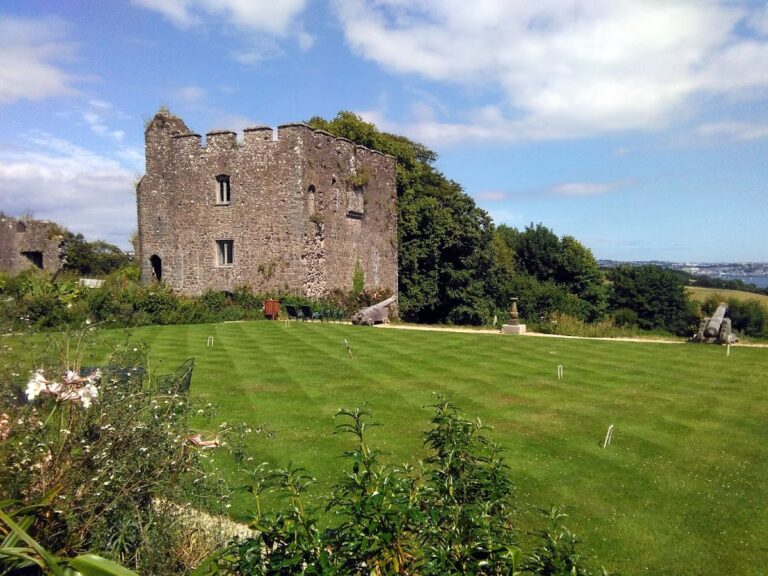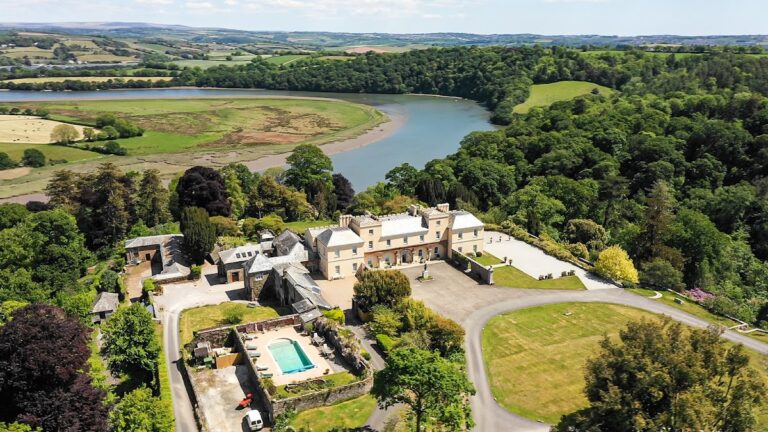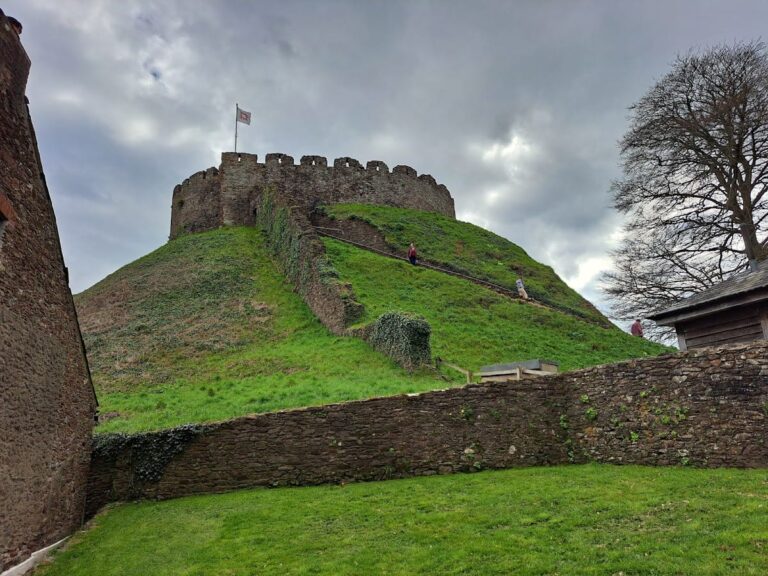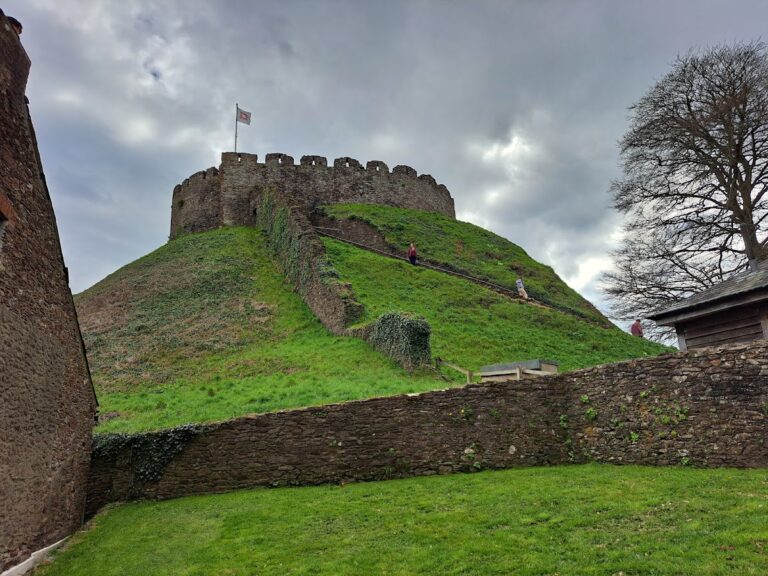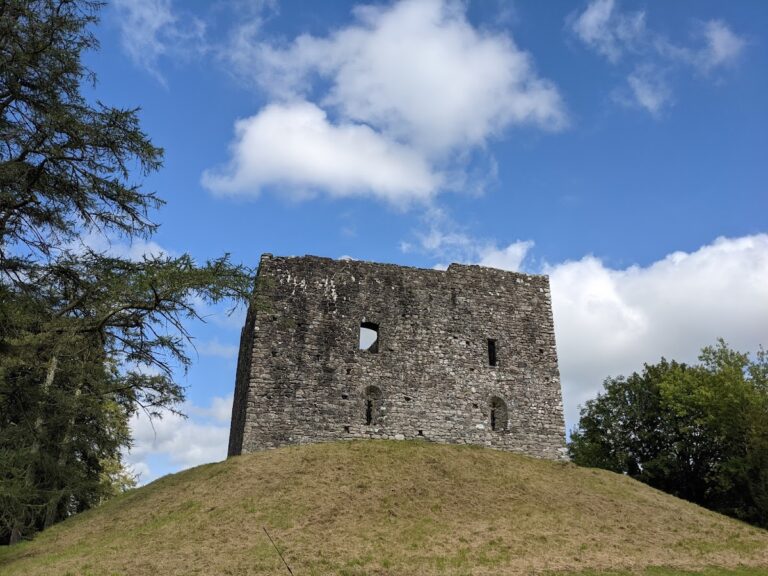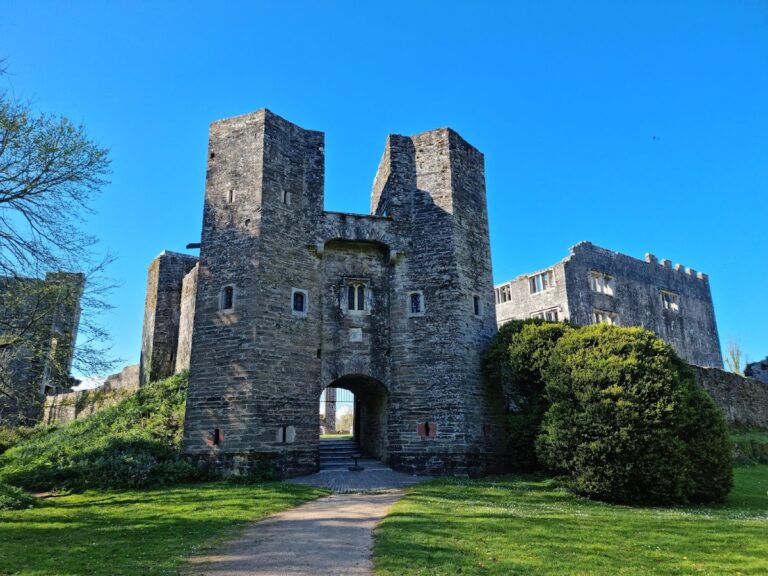Plympton Castle: A Norman Fortress in Plymouth, United Kingdom
Visitor Information
Google Rating: 4.2
Popularity: Low
Google Maps: View on Google Maps
Official Website: historicengland.org.uk
Country: United Kingdom
Civilization: Unclassified
Remains: Military
History
Plympton Castle is located in the Plympton area of Plymouth, in the United Kingdom. This fortress was originally built by the Normans during the early 12th century, a period marked by the construction of numerous motte-and-bailey castles across England following the Norman Conquest.
The earliest phase of Plympton Castle’s history began with a wooden fortress, established either by Richard de Redvers or his son Baldwin de Redvers. In 1136, amid the civil war known as The Anarchy, King Stephen seized and destroyed the initial wooden structure as part of the conflict between competing claims to the English throne. After Baldwin de Redvers became Earl of Devon, he undertook the reconstruction of the castle in stone starting in 1141, reflecting its renewed military and strategic importance.
The castle’s military significance continued into the 13th century. In 1224, Falkes de Bréauté, who had married Baldwin’s granddaughter and was allied with rebellious factions, held the castle during a revolt against King Henry III. Following a 15-day siege, Sheriff Robert de Courtenay led forces to recapture Plympton Castle, returning it to royal control. Later historical records note that Edward, the Black Prince, visited the castle in 1370, indicating the site’s ongoing relevance during the medieval era.
By the 16th century, the castle fell into disuse, and its buildings gradually fell into ruin, though its defensive walls still stood firm. During the English Civil War, Royalist troops occupied Plympton Castle in 1643 as part of the Siege of Plymouth. Parliamentarian forces captured it in 1644, and the castle was deliberately destroyed in 1647 to prevent further military use.
In subsequent centuries, the outer bailey of Plympton Castle was repurposed as a public festival ground throughout the 18th and 19th centuries, integrating the site into local communal life. The ruins entered municipal ownership on 29 September 1922 and have since been preserved as protected heritage. Today, Plympton Castle holds the status of a Grade II* listed building and is designated as a Scheduled Monument, safeguarding its legacy for future generations.
Remains
Plympton Castle was constructed following the Norman motte-and-bailey design, featuring an artificial mound (known as a motte) and an enclosed courtyard called the outer bailey positioned to the west of the motte. This layout served both defensive and administrative functions throughout its active history.
Atop the motte stands the castle’s central keep, a roughly circular structure approximately 15 meters across and initially rising to about 10 meters in height. Built from rubble stone, the keep’s walls included a walkway along the battlements, called a wehrgang, which allowed defenders to patrol the perimeter. Today, fragments of the keep’s walls remain standing, reaching up to four meters in height, offering a tangible glimpse into its former imposing presence.
The main entrance to the castle was located on the western side, providing access through the outer bailey toward the keep. Archaeological evidence shows remnants of defensive ditches surrounding the castle, features that would have formed an integral part of its fortifications. However, no standing residential or service buildings from the outer bailey survive above ground, suggesting that these structures mainly deteriorated or were removed over time.
The castle occupies land about 30 meters above sea level in the Plympton district, roughly two kilometers east of the River Plym and near the expansive Plympton Pathfields park. Over several centuries, the site has undergone phases of construction, siege, destruction, and adaptive reuse, with surviving stonework reflecting these layered histories. The ruins remain a protected example of Norman military architecture amid the evolving landscape of Plymouth.
